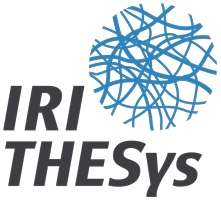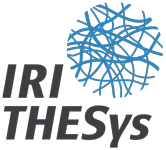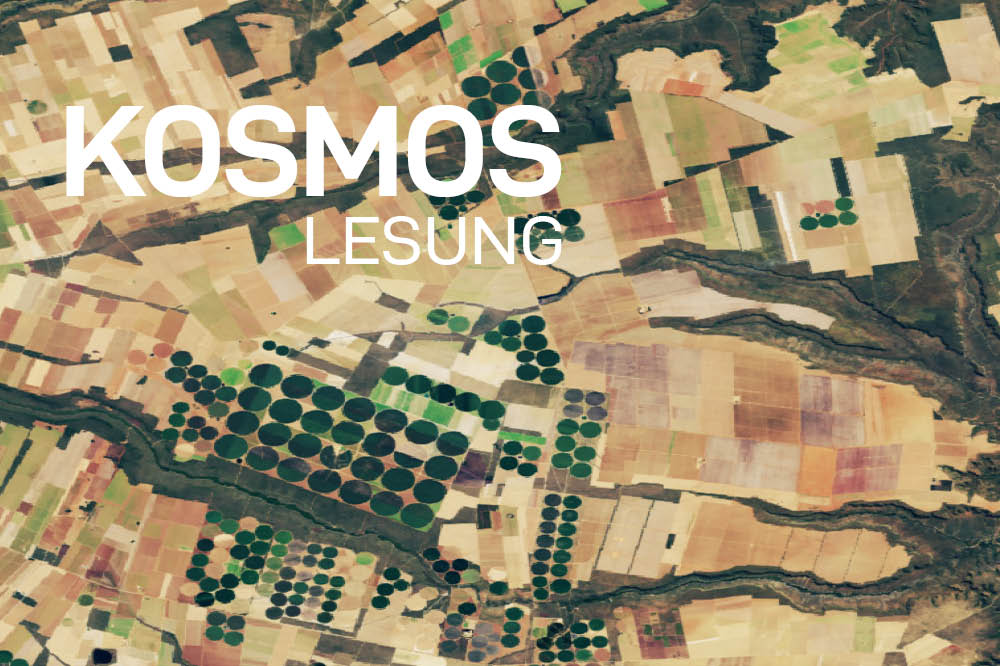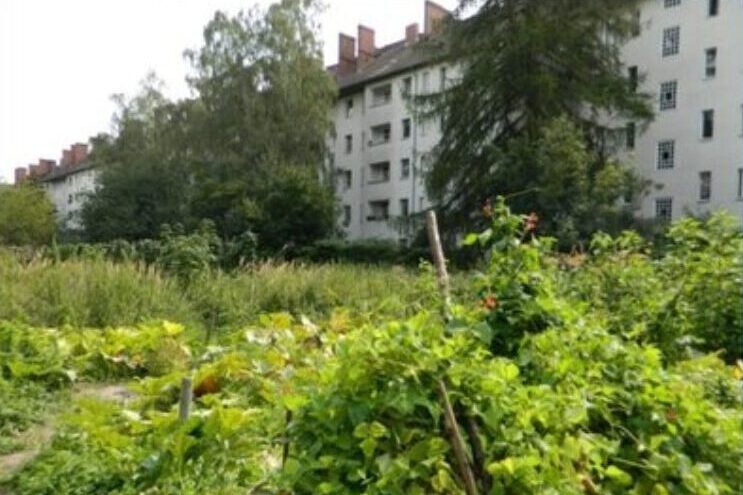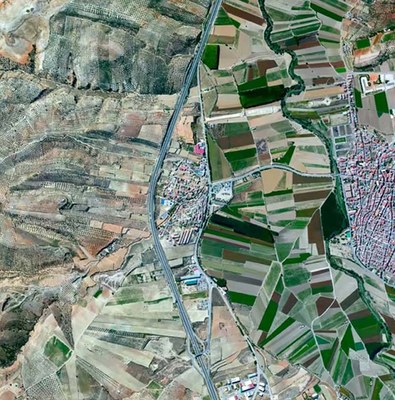
A new report released in February 2022 in the Proceedings of the National Academy of Sciences of the United States of America (PNAS) is a call to action. It addresses policymakers worldwide seeking to develop sustainable and equitable solutions to our most urgent global challenges. “Ten Facts about Land Systems for Sustainability” was co-authored by 50 leading land use scientists from 20 countries, including Jonas Nielsen, Patrick Hostert and Tobias Kümmerle from the IRI THESys and Geography Department at HU Berlin.
The joint study is intended to inform policies aimed at addressing challenges like how to limit the impacts of climate change, designing systems for sustainable food and energy production, protecting biodiversity, and balancing competing claims to land ownership. It also details implications for policymakers to consider if they hope to develop economically, culturally, and environmentally sustainable solutions to these complex challenges.
Under the leadership of the Global Land Programme (GLP), which convened the authors to develop the study, the paper outlines ten facts which helps to explain the challenges of achieving sustainability in land use and thus also point toward solutions.
“In land systems science we are moving in tandem. Research on and for sustainability is equally important. This paper captures this effort to turn knowledge into actions for a better use of land for people and nature,” said Jonas Nielsen, one of the authors and member of the GLP Scientific Steering Committee.
The ten facts, identified collectively by the study’s co-authors, focus on people’s relationship to the land itself on a physical level, as well as the social, economic, cultural, environmental and spiritual impacts of how land use decisions are made and by whom. The ten facts are:
- Meanings and values of land are socially constructed and contested. Different groups place different values on what makes land useful, degraded, or culturally important. Top-down policy agendas are often rooted in one dominant value system.
- Land systems exhibit complex behaviors with abrupt, hard-to-predict changes. Policy interventions are typically intended to solve a particular problem, but often fail when they ignore system complexity. Addressing one problem in isolation can result in unintended harm to natural areas and people.
- Irreversible changes and path dependence are common features of land systems. Converting land from one use to another, such as the clearing of old-growth forests, leads to changes felt decades to centuries later. Restoration rarely brings land back to a state that truly matches original conditions.
- Some land uses have a small footprint but very large impacts. Cities, for instance, consume large amounts of resources that are often produced elsewhere using vast amounts of land; they can also reduce negative impacts by concentrating human populations on a relatively small land footprint. Net impacts can be hard to measure and predict.
- Drivers and impacts of land-use change are globally interconnected and spill over to distant locations. Due to globalization, land use can be influenced by distant people, economic forces, policies, or organizations, and decisions.
- We live on a used planet where all land provides benefits to societies. People directly inhabit, use, or manage over three-quarters of Earth’s ice-free land, with more than 25% inhabited and used by Indigenous Peoples and Local Communities (IPLC). Even uninhabited lands are connected with people in different ways; no change in land use anywhere is free of trade-offs.
- Land-use change usually entails trade-offs between different benefits —”win–wins” are rare. While land use delivers a range of benefits, such as food, timber, and sacred spaces, it also often involves trade-offs for both nature and some communities of people. Land use decisions involve value judgments to determine which benefits to prioritize, and for whom.
- Land tenure and land-use claims are often unclear, overlapping, and contested. Rights to use and access land can overlap, belong to different people, or to different kinds of access as in rights to ownership or use.
- The benefits and burdens from land are unequally distributed. A small number of people own a disproportionate amount of land area and land value in most countries around the world.
- Land users have multiple, sometimes conflicting, ideas of what social and environmental justice entails. There is no single form of justice that is fair for all. Justice means different things to and for different people, from recognizing the claim of indigenous groups to land, to impacts on future generations, to what systems are used to determine whose claims are given priority.
Link to the study: https://www.pnas.org/content/119/7/e2109217118
Link to the press release (in German): https://www.hu-berlin.de/de/pr/nachrichten/februar-2022/nr-2228-2
For more information on the Global Land Programme, please visit http://glp.earth
Photo: Global Land Programme
